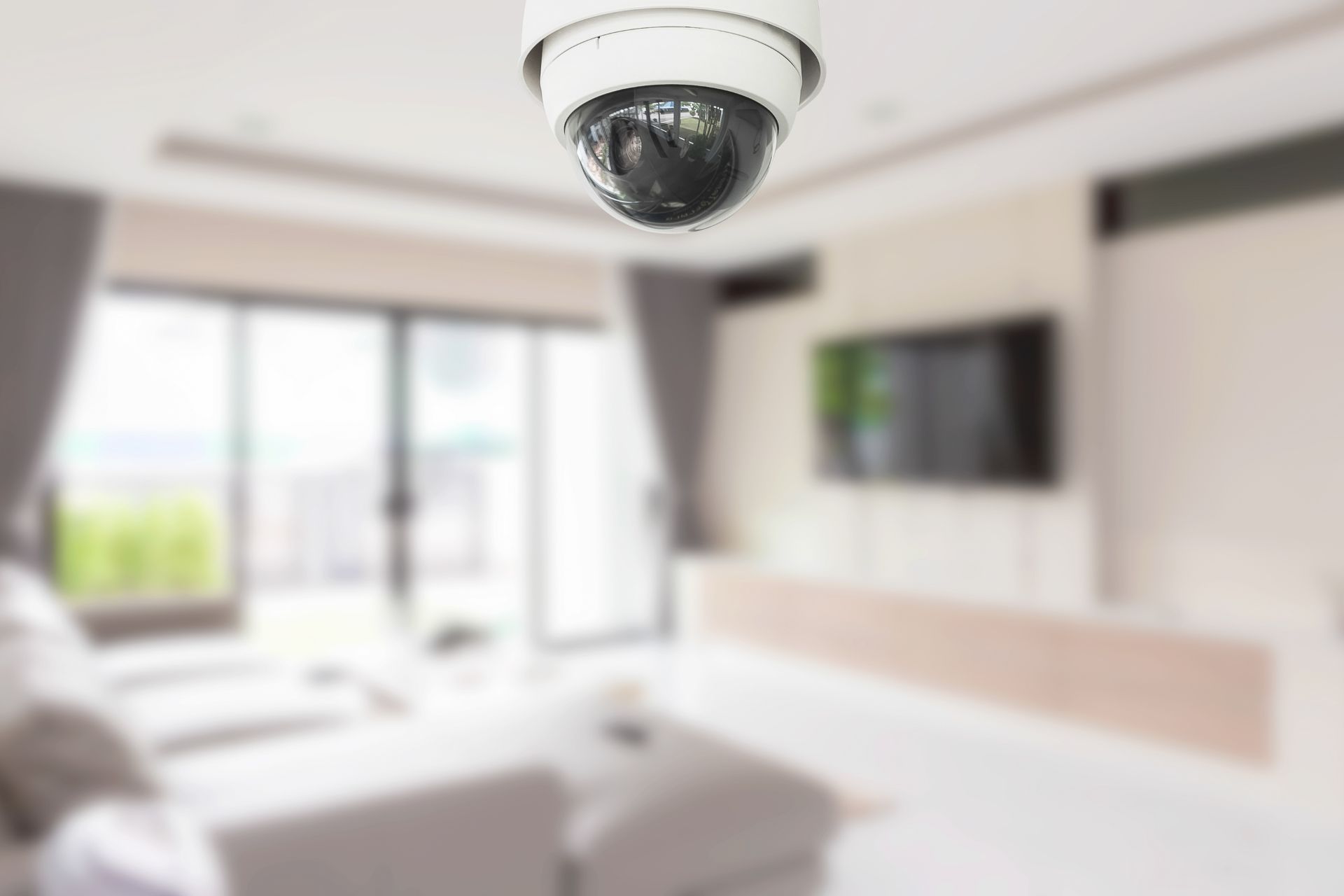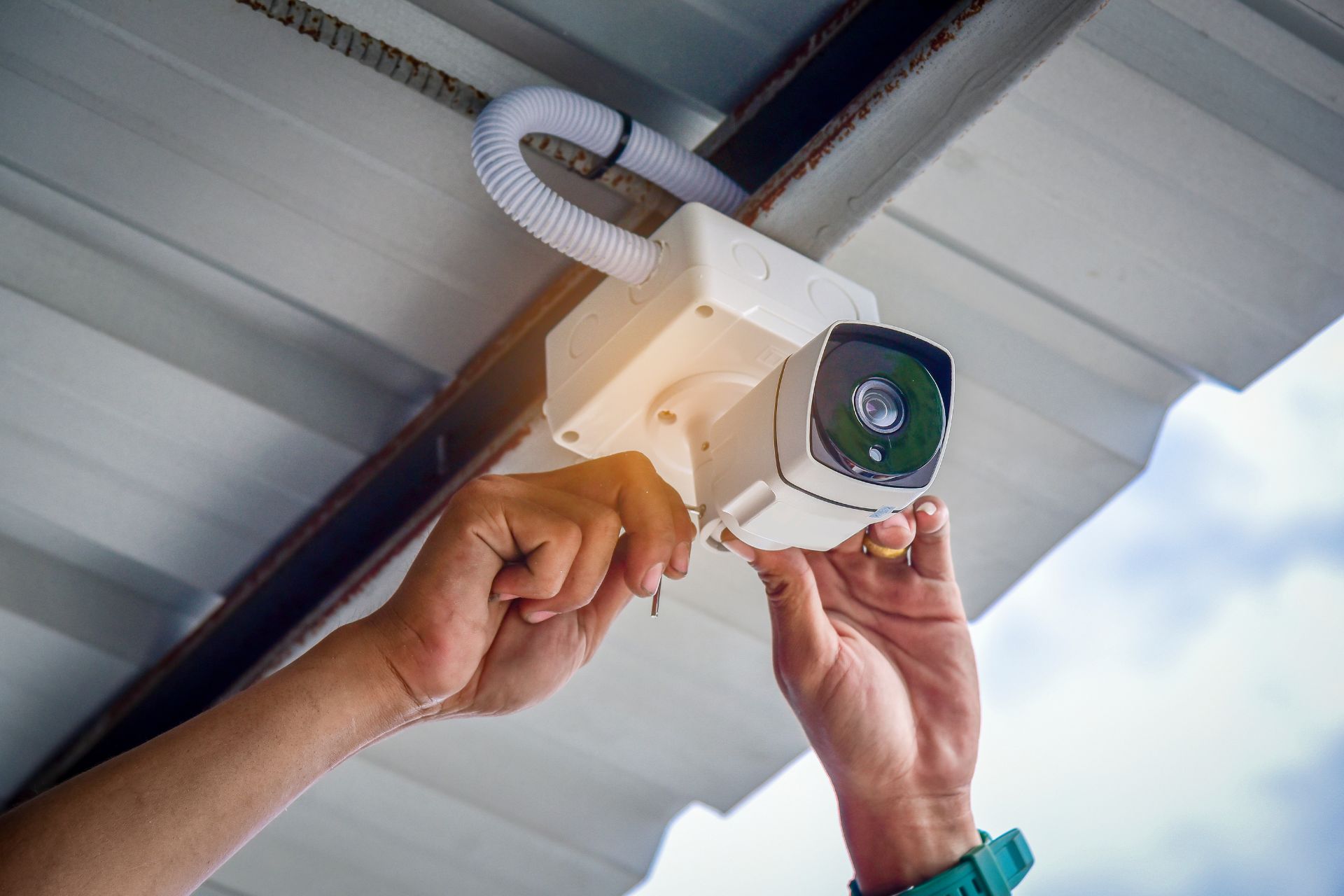Frequently Asked Questions
The ideal sensitivity levels for motion detection in outdoor security cameras typically range from low to medium, depending on the specific environment and intended use. In residential areas, a sensitivity setting that minimizes false alarms caused by small animals, foliage movement, or passing vehicles is crucial, often requiring a threshold that balances responsiveness with accuracy. Conversely, in commercial or high-security zones, a higher sensitivity level may be appropriate to ensure that any potential intrusions or suspicious activities are promptly detected. Advanced features such as adjustable motion zones, customizable detection ranges, and intelligent video analytics can enhance the effectiveness of motion detection, allowing users to fine-tune settings based on factors like lighting conditions, weather variations, and the presence of obstructions. Ultimately, the optimal sensitivity level should be tailored to the specific surveillance needs, ensuring comprehensive coverage while reducing unnecessary alerts.
To minimize false alarms caused by pets in motion detection settings, one effective strategy involves adjusting the sensitivity levels of the motion sensors to differentiate between human and animal movement. Utilizing pet-friendly motion detectors, which are specifically designed to ignore smaller animals, can significantly reduce unnecessary alerts. Additionally, strategically positioning the cameras or sensors at elevated angles can help limit the detection range, focusing primarily on human activity while overlooking lower movements typical of pets. Implementing advanced algorithms that utilize object recognition technology can further enhance the system's ability to distinguish between pets and intruders. Furthermore, incorporating a dual-technology approach, such as combining passive infrared (PIR) sensors with video analytics, can provide a more reliable detection mechanism, ensuring that only relevant motion triggers alarms. Regularly updating the firmware of the security system can also improve its performance and adaptability to changing environments, thereby reducing the likelihood of false positives caused by pets.
To effectively adjust motion detection zones for monitoring specific areas, one must first access the configuration settings of the surveillance system, whether it be a smart camera or a dedicated security system. This process typically involves navigating to the motion detection settings within the user interface, where the user can delineate specific zones by utilizing features such as polygonal masking or grid overlays. By employing these tools, the user can exclude irrelevant areas, such as sidewalks or busy streets, while focusing on critical zones like entry points, driveways, or high-value asset locations. Additionally, fine-tuning sensitivity levels and adjusting the threshold for motion detection can help minimize false alarms triggered by environmental factors, such as moving foliage or passing vehicles. Regularly reviewing and recalibrating these zones based on seasonal changes or alterations in the monitored environment ensures optimal performance and enhances the overall efficacy of the security system.
Lighting conditions play a crucial role in the calibration of motion detection systems in security cameras, significantly influencing their sensitivity and accuracy. In environments with low light, such as during nighttime or in poorly lit areas, cameras may struggle to detect movement due to insufficient illumination, leading to false negatives where actual motion goes undetected. Conversely, overly bright conditions, particularly those involving direct sunlight or glare, can cause overexposure, resulting in false positives where the system misinterprets shadows or light changes as movement. The dynamic range of the camera sensor, along with features like infrared night vision and adaptive brightness settings, can mitigate these issues, but they require precise calibration to optimize performance. Additionally, the presence of ambient light sources, such as streetlights or headlights, can create fluctuating light levels that further complicate motion detection algorithms. Therefore, achieving a balance in lighting conditions is essential for enhancing the reliability of motion detection, ensuring that security cameras can accurately discern genuine threats while minimizing unnecessary alerts.
For optimal motion detection performance in surveillance systems, a frame rate of 15 to 30 frames per second (FPS) is generally recommended, as this range strikes a balance between capturing fluid motion and conserving bandwidth. Higher frame rates, such as 60 FPS, can enhance the clarity of fast-moving subjects, thereby improving the accuracy of motion detection algorithms and reducing false positives. Additionally, the use of advanced video analytics, such as pixel-based motion detection and object tracking, can further enhance performance at these frame rates. It is also crucial to consider factors such as resolution, lighting conditions, and the specific application requirements, as these elements can significantly influence the effectiveness of motion detection systems. By optimizing frame rates in conjunction with these variables, surveillance systems can achieve superior performance in real-time monitoring and incident response.

